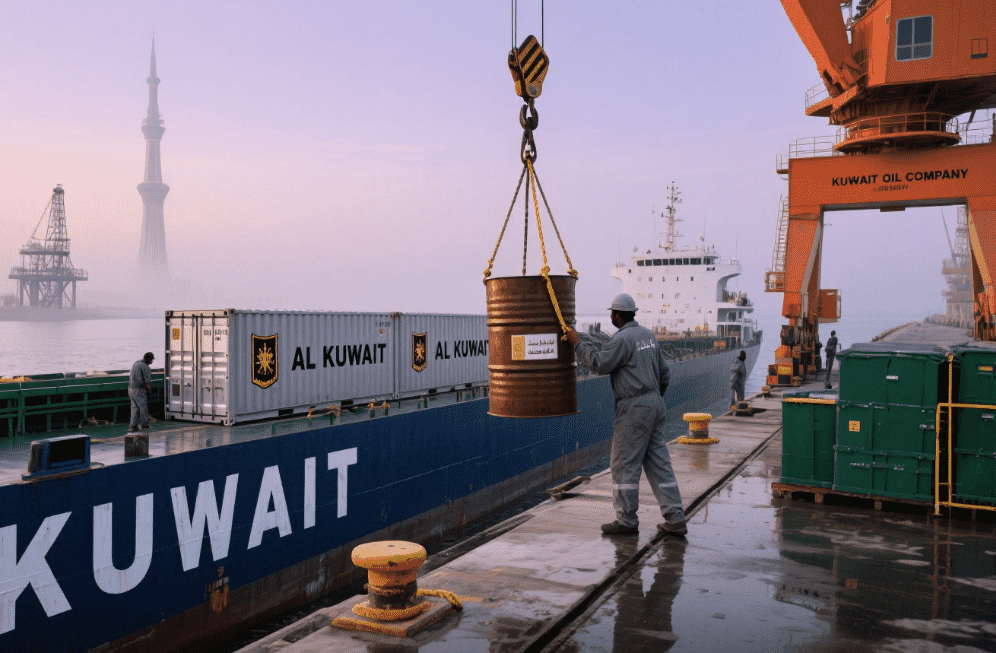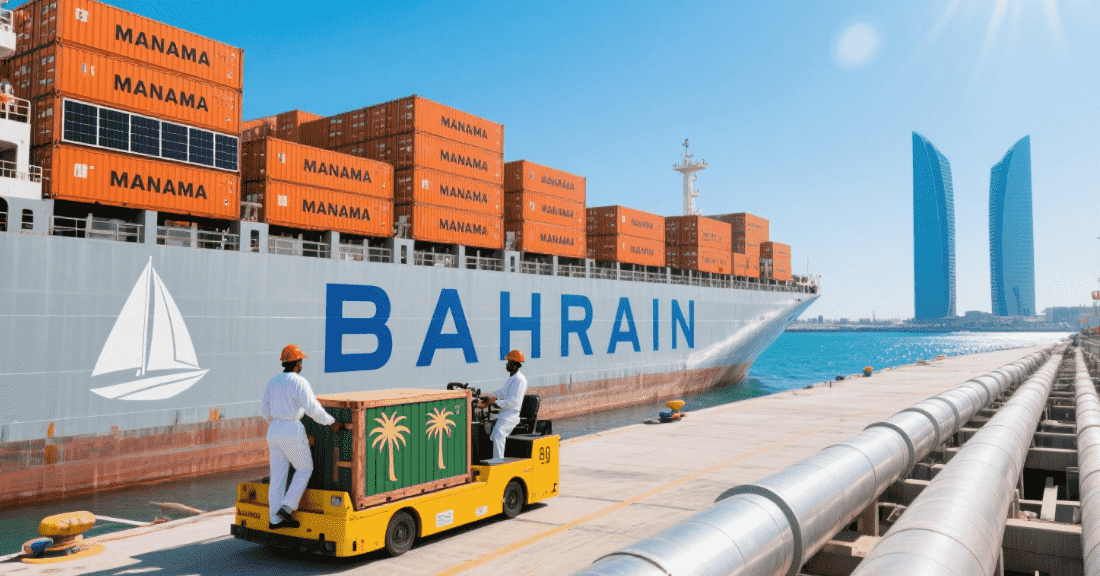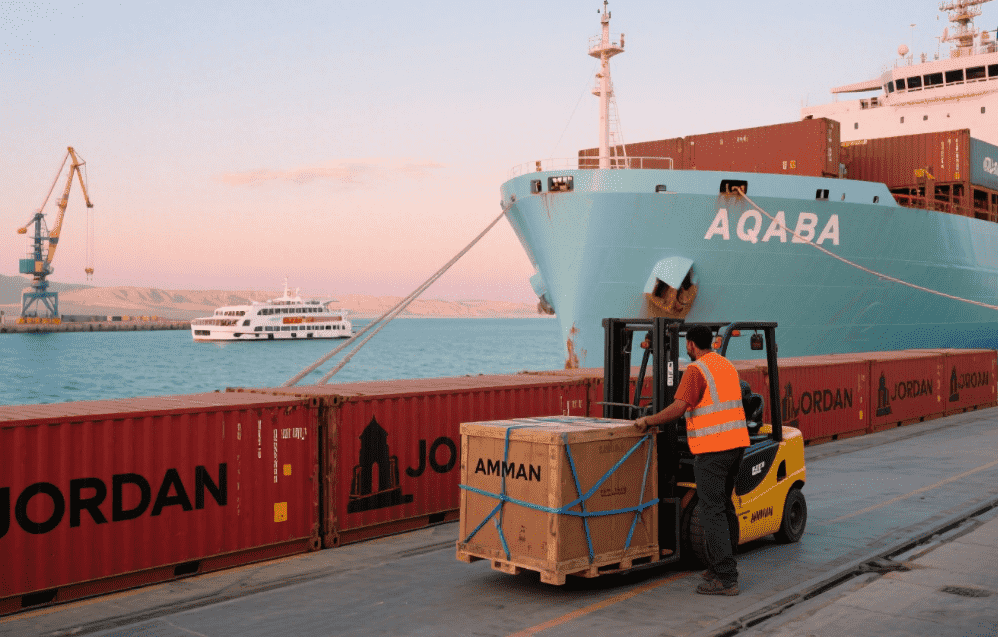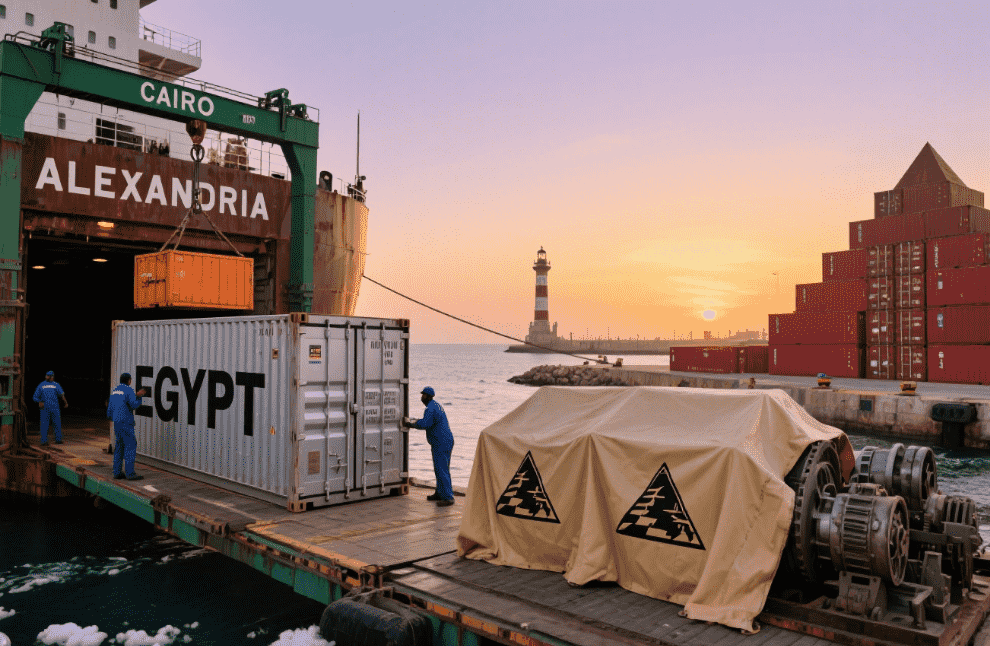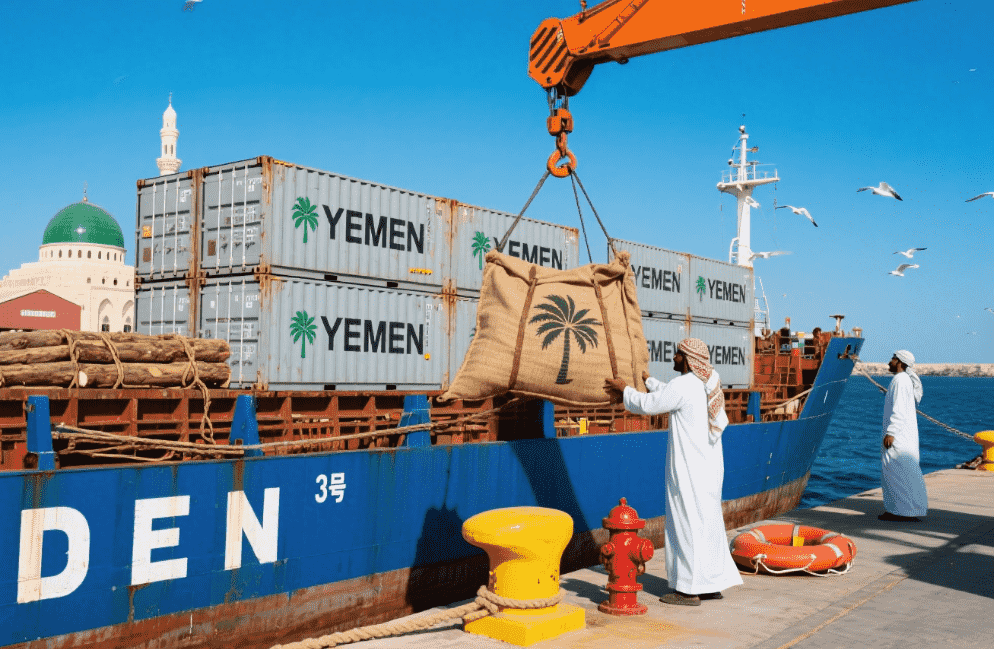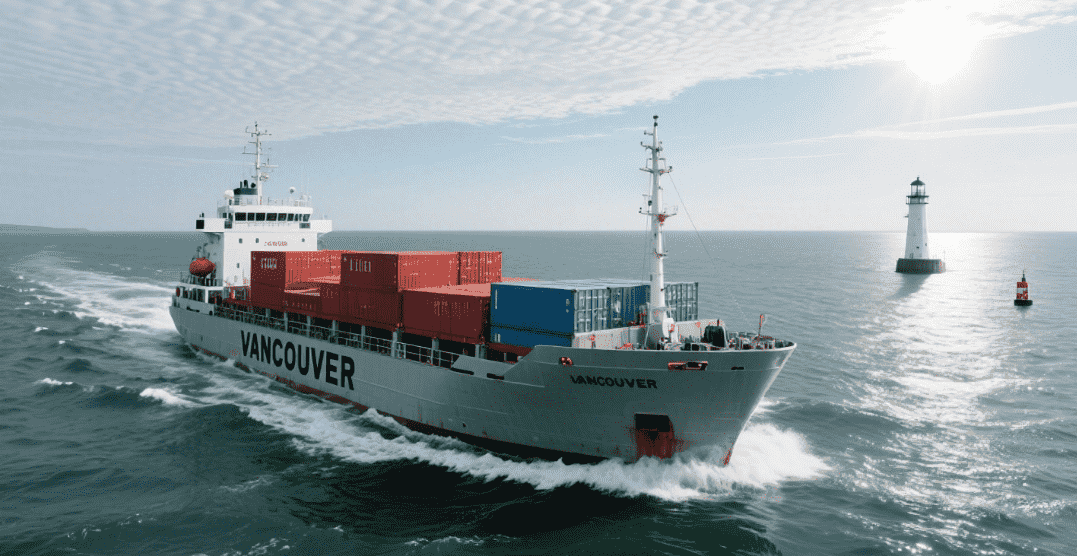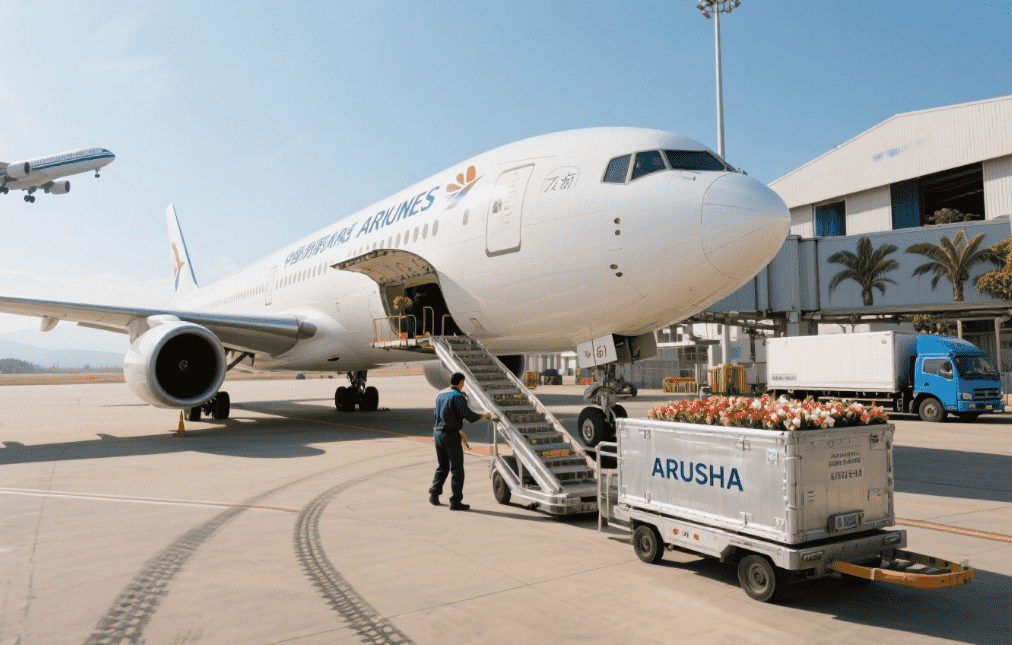
In our interconnected global marketplace, the China-Tanzania trade corridor has experienced remarkable growth, fueled by booming exchanges of electronics, textiles, industrial equipment, and agricultural goods. For enterprises looking to leverage this opportunity, navigating shipping expenses presents both a strategic priority and operational challenge - with variable transportation costs, evolving customs requirements, and unpredictable delivery schedules frequently complicating logistics planning. As an established freight forwarder with deep expertise in African trade routes, Winsail Logistics delivers customized shipping solutions designed to overcome these hurdles. This guide breaks down the key determinants of transportation costs, compares available shipping methods, and shares practical cost-optimization techniques to help businesses streamline their China-Tanzania supply chains.
1. Key Factors Influencing Shipping Costs
The total cost of transporting goods from China to Tanzania hinges on multiple variables. A nuanced understanding of these elements ensures accurate budgeting and risk mitigation.
1.1 Distance and Geographic Challenges
The 7,000+ nautical miles between major Chinese ports (e.g., Shanghai, Shenzhen) and Tanzanian hubs (Dar es Salaam, Zanzibar) form the backbone of maritime freight costs. However, inland transportation—whether via trucking to Dar es Salaam’s port or rail connections to neighboring landlocked countries—adds layers of expense. For instance, delays at the Dar es Salaam port due to congestion or documentation errors can extend storage fees, compounding overall costs.
1.2 Shipping Mode: Air, Sea, or Multimodal?
- Air Freight: The fastest option (3–7 days), ideal for high-value or time-sensitive goods like pharmaceuticals. However, costs are 4–5x higher than sea freight, with weight and volume restrictions.
- Sea Freight: The most economical choice (30–45 days for FCL/LCL), suited for bulk cargo such as furniture or raw materials. Full Container Load (FCL) reduces per-unit costs for large shipments, while Less than Container Load (LCL) benefits smaller quantities but incurs consolidation fees.
- Multimodal Solutions: Combining sea and road/rail transport optimizes cost-efficiency for inland destinations like Arusha or Mwanza. For example, shipping to Dar es Salaam by sea, then trucking to Dodoma, balances speed and affordability.
1.3 Cargo Type and Handling Requirements
Specialized goods demand premium handling:
- Perishables: Require refrigerated containers (reefers), increasing costs by 20–30%.
- Hazardous Materials: Compliance with IMDG codes involves additional documentation and insurance fees.
- Oversized Cargo: Machinery or vehicles may need flat-rack containers or break-bulk shipping, raising expenses due to limited carrier availability.
1.4 Seasonal Demand and Fuel Prices
Peak seasons (e.g., Chinese New Year, holiday rushes) strain carrier capacity, triggering surcharges of 10–15%. Similarly, volatile fuel prices directly impact bunker adjustment factors (BAFs), a variable component of freight rates.
1.5 Customs Duties and Regulatory Compliance
Tanzania’s East African Community (EAC) Common External Tariff (CET) imposes duties ranging from 0% (raw materials) to 25% (finished goods). Non-compliance with documentation—such as missing certificates of origin or incorrect HS codes—leads to fines or shipment holds, escalating costs.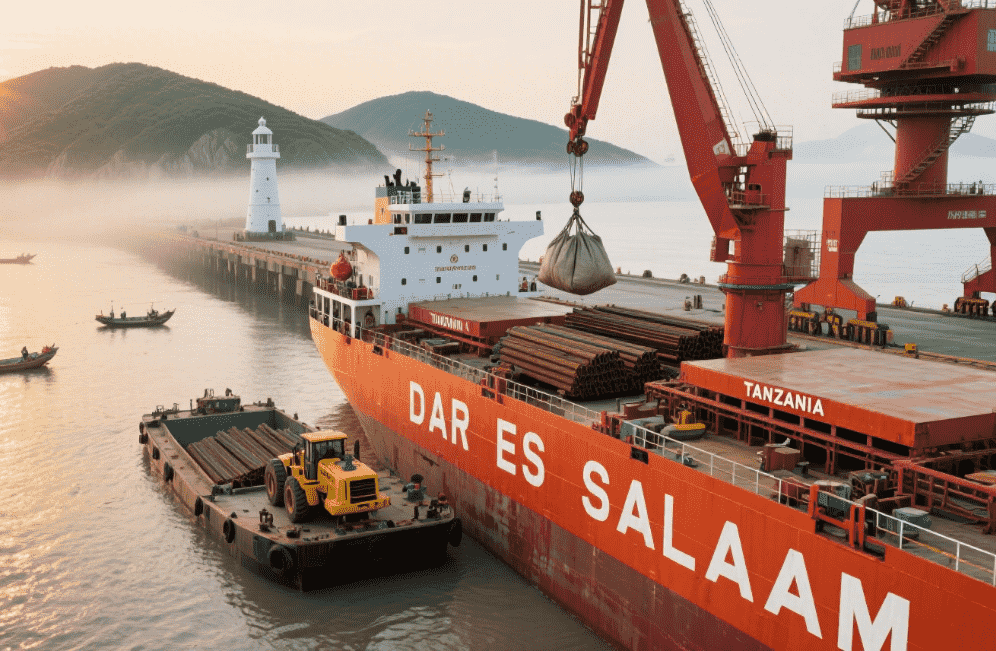
2. Comparing Shipping Modes: Cost-Benefit Analysis
Selecting the right freight service demands aligning business priorities with modal capabilities. Below is a comparative breakdown:
| Factor | Air Freight | Sea Freight (FCL) | Sea Freight (LCL) | Multimodal |
|---|---|---|---|---|
| Transit Time | 3–7 days | 30–45 days | 35–50 days | 35–60 days |
| Cost per kg | $4–8 | $0.30–0.80 | $100–300/m³ | Variable (sea + land) |
| Best For | Electronics, samples | Furniture, bulk goods | Small shipments | Inland destinations |
| Risks | Weather delays | Port congestion | Damage during consolidation | Theft in transit |
Pro Tip: For mid-sized shipments (5–15 CBM), LCL sea freight often strikes the best balance between cost and speed. Partnering with a seasoned cargo agent like Winsail Logistics ensures optimal container stuffing to minimize void spaces and reduce fees.
3. Strategies to Optimize Shipping Costs
Businesses can leverage several tactics to trim expenses without compromising reliability:
3.1 Consolidate Shipments
Combining orders from multiple suppliers into a single LCL shipment reduces per-unit costs. For example, a Dar es Salaam-bound importer saving $200 per m³ by consolidating 10 CBM instead of shipping two 5 CBM parcels separately.
3.2 Negotiate Long-Term Contracts
Securing annual contracts with carriers locks in rates, shielding businesses from seasonal surcharges. A 12-month agreement might reduce sea freight costs by 8–12% compared to spot rates.
3.3 Leverage Free Trade Agreements
Tanzania’s trade pacts, such as the EAC and SADC agreements, offer duty exemptions for eligible goods. A textile exporter utilizing EAC rules could cut duties from 25% to 10%, saving thousands per container.
3.4 Optimize Packaging
Lightweight, space-efficient packaging lowers volumetric weight charges (especially critical for air freight). For instance, collapsible crates for machinery parts reduce shipping volume by 30%, cutting costs proportionally.
3.5 Partner with a Tech-Enabled Logistics Provider
Digital platforms offering real-time tracking, automated documentation, and dynamic routing (e.g., avoiding congested ports) enhance efficiency. Winsail Logistics’ proprietary system, for instance, slashes transit times by 15% through predictive analytics.
4. Common Pitfalls to Avoid
Even seasoned importers encounter hidden costs. Steer clear of these missteps:
- Underestimating Incoterms: Choosing EXW (Ex Works) transfers loading/transport risks to the buyer, often leading to unexpected local handling fees. FOB (Free On Board) or CIF (Cost, Insurance, Freight) terms clarify responsibilities.
- Ignoring Insurance: General Average claims (e.g., container losses at sea) leave uninsured shippers liable for shared losses. All-risk cargo insurance costs 0.3–0.5% of cargo value but provides peace of mind.
- Overlooking Documentation: Incorrect bills of lading or phytosanitary certificates delay customs clearance, incurring demurrage charges of $50–200/day.
5. The Future of China-Tanzania Logistics
Technological advancements and infrastructure investments are reshaping the corridor:
- Digital Freight Marketplaces: Platforms like Flexport and Container xChange enable instant rate comparisons and carrier vetting, fostering competition and cost transparency.
- Port Upgrades: Tanzania’s $345 million Berth 11–14 expansion at Dar es Salaam port will double capacity to 28 million tons by 2025, reducing congestion-related costs.
- Sustainability Initiatives: Carriers adopting low-sulfur fuels and wind-assisted propulsion aim to cut emissions—and potentially pass savings to clients through eco-friendly surcharges.
Conclusion: Partnering for Success
Navigating shipping costs from China to Tanzania demands agility, expertise, and strategic foresight. By understanding cost drivers, selecting optimal freight services, and avoiding common pitfalls, businesses can unlock significant savings. However, the complexity of cross-border logistics often necessitates professional guidance. As a leading cargo agent, Winsail Logistics combines localized knowledge with global reach to deliver end-to-end logistics solutions tailored to your needs. Whether you’re shipping perishables to Zanzibar or machinery to Arusha, our team ensures cost-efficiency, compliance, and peace of mind.
For a personalized consultation, visit Winsail Logistics and discover how we can transform your supply chain challenges into opportunities.


